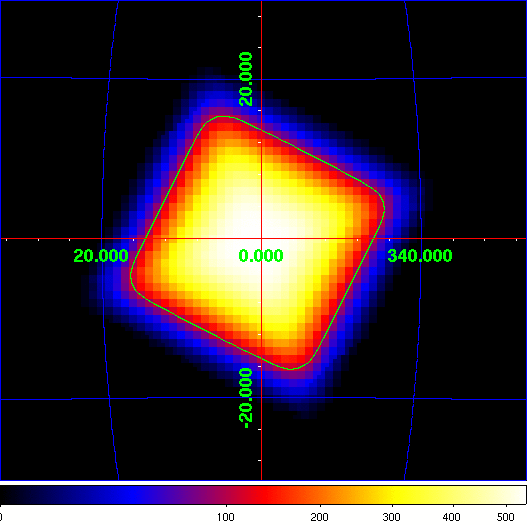Proposal Details - 0720001
Regular and frequent INTEGRAL monitoring of the Galactic Bulge region (Kuulkers)
Proposal Abstract
The Galactic bulge region is a rich host of variable X-ray and gamma-ray point sources.In AO-3, AO-4, AO-5, and AO-6 we have been monitoring this region with one hexagonal pattern approximately every 3 days, whenever it was visible by INTEGRAL. Due to the high scientific return and to preserve the continuity with respect to past observations of this ever-changing region, we suggest to continue our successful observing program. Because of the new format of AO-7 and as a service to the scientific community, we ask the observations to be made public immediately. Moreover, we make the IBIS/ISGRI and JEM-X light curves, both in two energy bands perscience window and per hexagonal observation, as well as the mosaic images per hexagonal pattern, publicly available through the web as soon as possible after the observations have been performed. Any interesting source behaviour which emerges from our observations will be announced promptly, so that rapid follow-up by the community is possible. Our team consists of scientists with expertise on a large range of topics. We also intend to do a more in-depth analysis (spectra, bursts, flares, etc.) of sources of particular interest on short and long time scales. These sources include bright and relatively faint X-raytransients, X-ray bursters, persistent neutron star and black-hole candidate binaries,high-mass X-ray binaries, etc..
Observation Strategy (Recommended by TAC)
Total of 541.8 ks in the HEX mode centred on RA, Dec = 266.4, -28.933 (l, b = 0, 0.005), split into 43 fixed time observations of 12.6 ks each, done approximately every INTEGRAL orbit when the region is visible.
Proposal grade: A
Data Rights (Recommended by TAC)
The TAC has allocated the following specific data rights to this proposal: All the data are made publicly available immediately (no Data Rights proposals are accepted).
Exposure Map
The exposure maps are in galactic coordinates and units of ksec, and the colour scale is indicated at the bottom. The green lines provide the 100 ksec contour.
